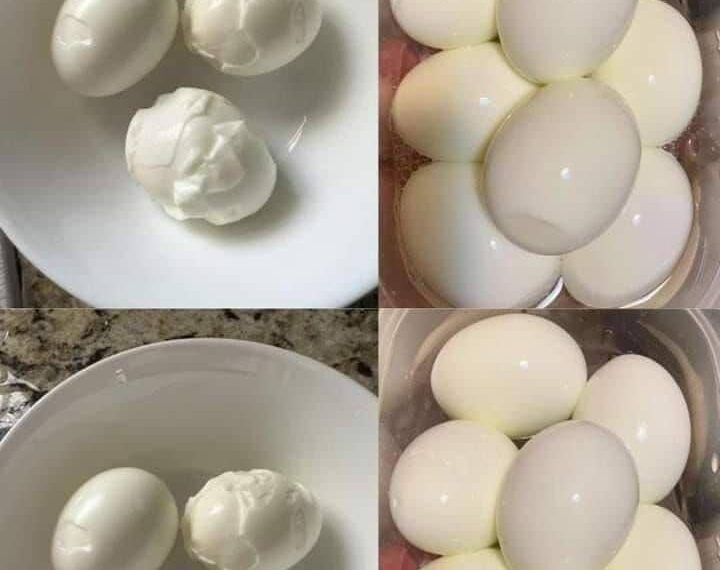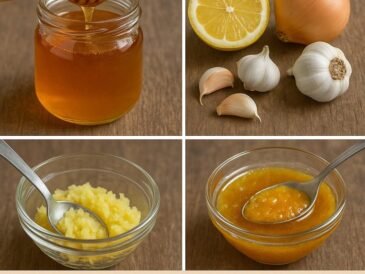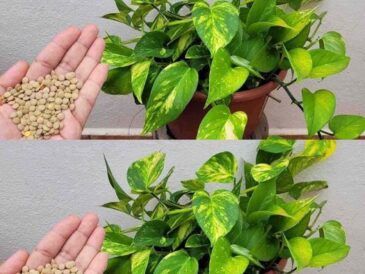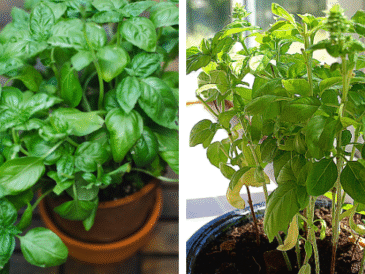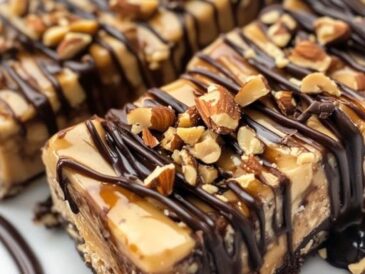If you’ve ever boiled eggs only to struggle with peeling them, you’re not alone. Many home cooks encounter the same frustration—shells sticking to the whites, eggs tearing apart, and ending up with rough, unattractive results. But don’t worry! With the right method, you can enjoy smooth, flawless hard-boiled eggs every single time.
Whether you’re preparing eggs for deviled eggs, egg salad sandwiches, or simply as a healthy high-protein snack, these step-by-step tips will make your kitchen routine much easier.
Step-by-Step Guide to Perfectly Peelable Hard-Boiled Eggs
1. Choose the Right Eggs
Fresh eggs are wonderful for frying or poaching, but when it comes to boiling, they can be a nightmare to peel. Why? Fresh eggs have a lower pH, which causes the inner membrane to stick tightly to the shell.
✅ Pro Tip: For best results, use eggs that are at least 5–7 days old. The slight increase in pH as eggs age makes peeling so much easier.
2. Adjust the Water with Baking Soda or Vinegar
One of the best kitchen hacks for easy-to-peel eggs is adjusting the pH of the cooking water.
-
Add 1 teaspoon of baking soda OR
-
Add 1 tablespoon of vinegar
Both options weaken the bond between the egg white and the shell membrane. This tiny change makes a huge difference, especially when working with farm-fresh or store-bought eggs.
3. The Boiling & Steaming Method
Cooking technique matters just as much as the eggs themselves. Follow this simple process for consistent results:
-
Place Eggs in Cold Water: Arrange eggs in a pot and cover with at least 1 inch of cold water.
-
Bring to a Boil: Heat over medium-high until the water reaches a rolling boil.
-
Turn Off Heat & Cover: As soon as the water boils, turn off the heat and cover the pot with a lid. Let eggs sit in the hot water for 10–12 minutes, depending on whether you prefer slightly soft or fully hard yolks.
This method gently cooks the eggs while avoiding the greenish ring that sometimes forms around yolks when eggs are overcooked.
4. Quick Cooling in an Ice Bath
Once your eggs are cooked, speed is everything. Immediately transfer them into a large bowl filled with ice water.
✅ Why it works: Rapid cooling causes the egg whites to contract slightly, pulling away from the shell and making peeling much easier. It also stops the cooking process so the yolks stay creamy instead of chalky.
Let eggs cool in the ice bath for at least 5 minutes before peeling.
5. Crack, Roll, and Peel Under Running Water
When you’re ready to peel, tap the egg gently on a hard surface until small cracks form all over the shell. Roll it between your hands to loosen the shell completely.
✅ Start peeling from the wider end of the egg, where there’s usually a natural air pocket that helps you get under the membrane faster.
✅ If some stubborn pieces remain, peel under a stream of cool running water. The water helps separate the shell and washes away tiny fragments.
Why This Method Works
continue reading in page 2

